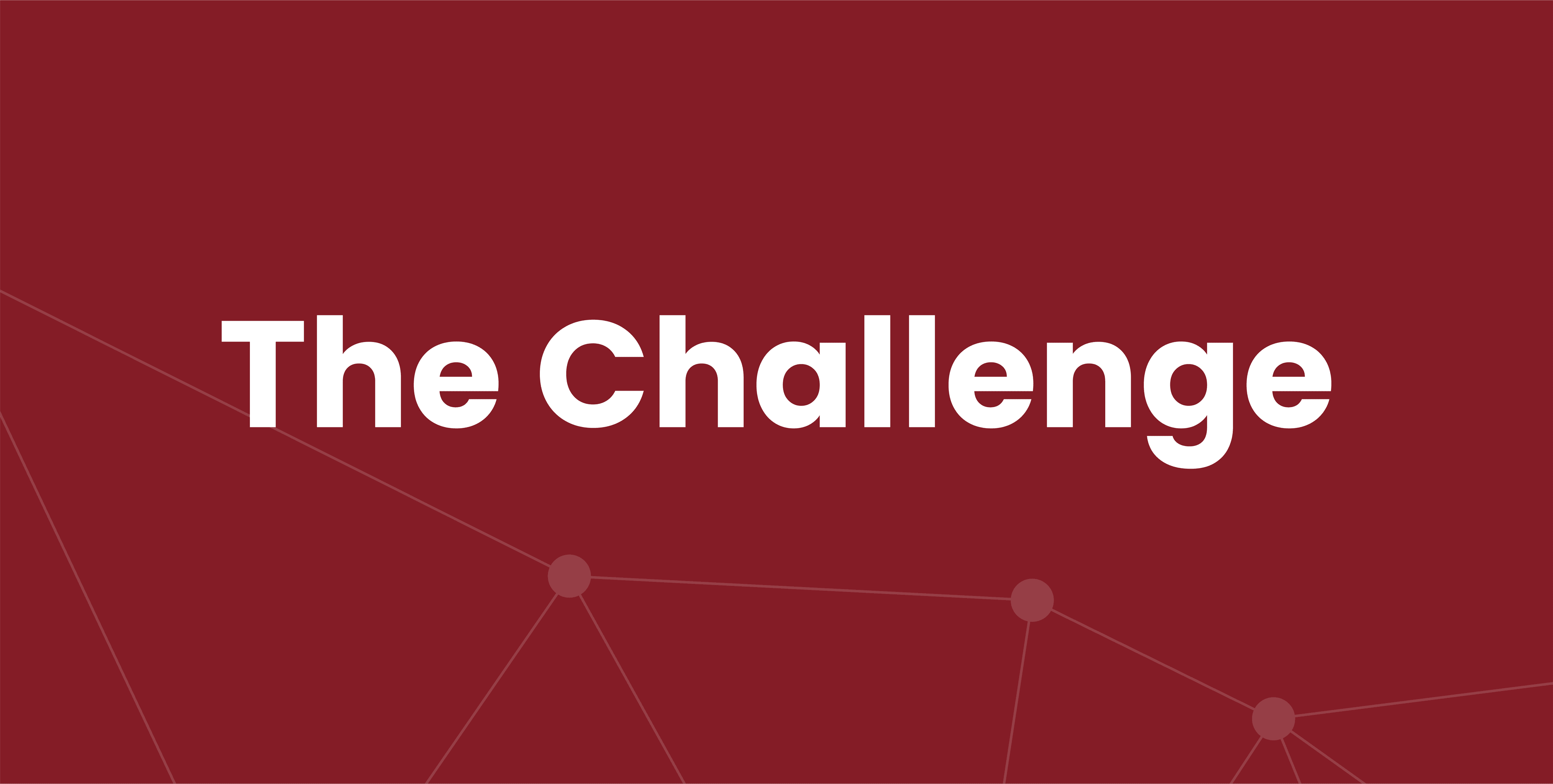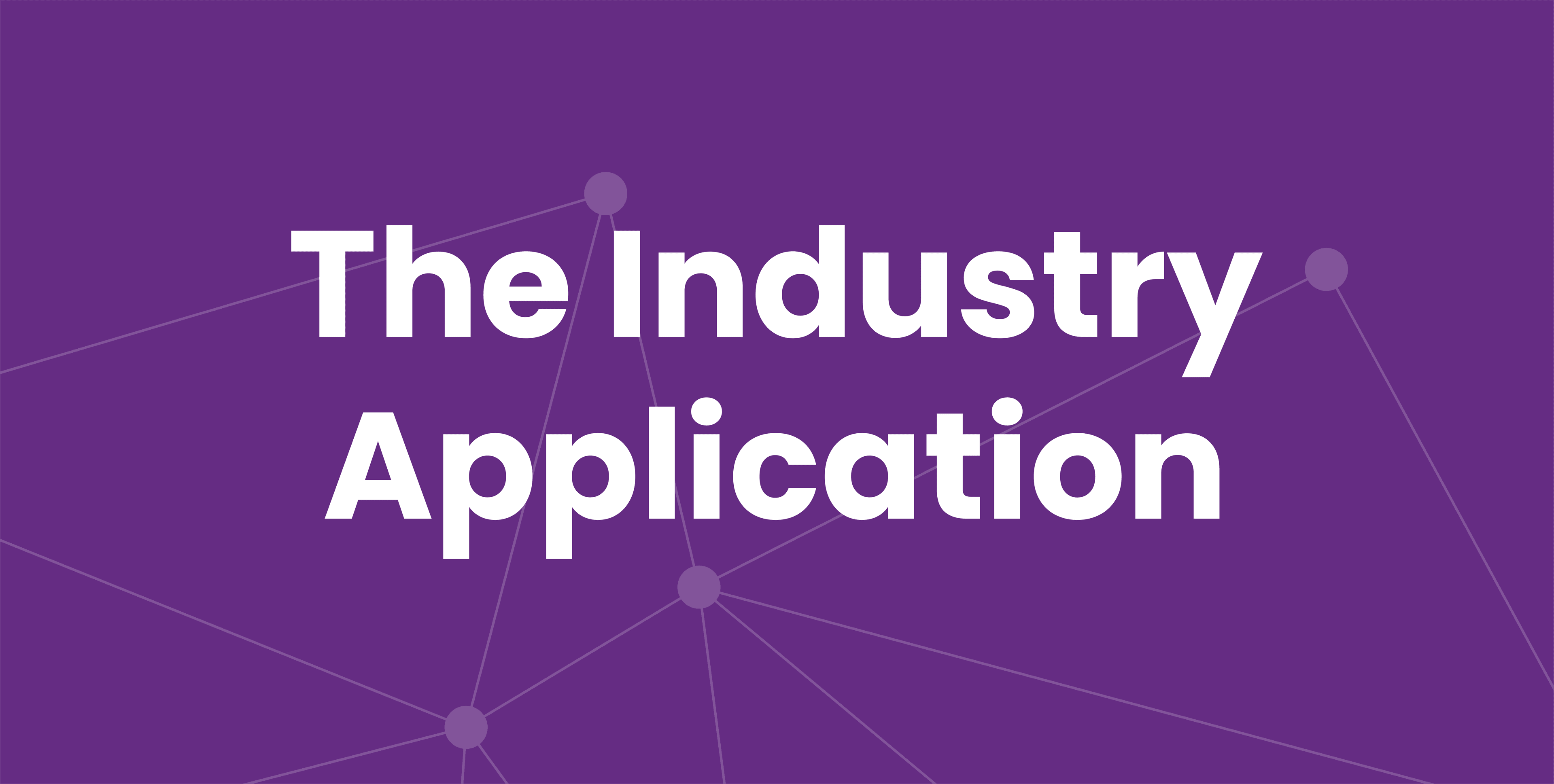Is blending hydrogen into gas pipelines viable? What about as a fuel source for gas-fired generation? How will we consider the impacts of producing hydrogen? How will this affect our decarbonization goals? What are the real environmental benefits? How will we balance the costs and benefits?

Use Case: The Economic, Environmental, and Operational Impacts of Hydrogen Integration
How SAInt can answer the difficulties of accurately determining the economic, environmental, and operational impacts of integrating hydrogen into energy systems.

Hydrogen integration is hard to financially assess and difficult to plan.

SAInt enables an integrated planning approach.
SAInt considers all the variables as an integrated modeling platform that represents the interconnection of gas and electric networks. This allows stakeholders to plan effectively and understand the potential of hydrogen on their systems and businesses.

The only tool for planning your integrated hydrogen future.
As gas and power companies consider integrating hydrogen, they are now able to model all the variables in one platform and accurately evaluate potential futures. They now have a solution to plan for decarbonization.
The Details
Energy stakeholders look to hydrogen integration to aid their decarbonization efforts. With this push toward hydrogen, challenges arise. They must assess the economic, environmental, and operational impacts of integrating hydrogen into energy systems.
SAInt addresses challenges around hydrogen integration through an integrated modeling platform. It examines:
The synergies and interdependencies between electric and gas networks
Electrolyzer technologies
Operational impacts and constraints of hydrogen blending
Economics of the market
Regulatory challenges and opportunities
Emissions
SAInt allows energy stakeholders to run optimization models and physical simulations of electricity and gas networks based on varying investment strategies. These integrated simulations consider electricity and gas demand, electricity generation mix, gas supply mix, fuel prices, electrolyzer technologies, emissions, and tax incentives.
With SAInt, they can make decisions on the road to hydrogen integration. SAInt gives them a revenue, emission, and operational forecast that helps energy stakeholders determine which hydrogen integration path is best for both their bottom line and their push toward decarbonization.

Ready to try SAInt?
Check out our free trial program.
